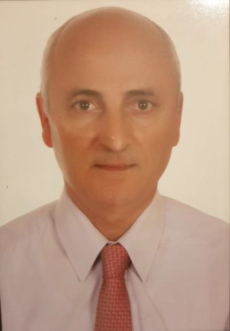

Prof. Fadi HAGE CHEHADE, Institut Supérieur du Bâtiment et des Travaux Publics, France
The main research activities are conducted on the numerical modeling of soil structure interaction problems (Geotechnics area). We have to study complex material structure interactions where we should take into account several particularities like that soil heterogeneities, non linear soil behavior, weak soil near to the surface, many interactions between elements, soil-structure contact, three-dimensional case, water and thermal effects. The aims are to study real industrial problems, to analyze some typical cases generated by the special activities like in urban area and in order to simplify the three-dimensional modeling. A particular attention has been addressed to oil reservoir application: recovery, numerical modeling of flowing, and stability of horizontal boreholes... In this subject, much collaboration has been performed with the French Petroleum Societies: ELF and TOTAL.
Research Topics:
- Numerical modeling of soil structure interaction problems: tunnels, foundations, structures, piles
2D, 3D, static and dynamic cases
- Flowing effects in soil and therm-poro-mechanical effects
Numerical simulation of porous media and of fracture development and propagation in in the oil reservoir after the water injection in order to improve the recovery. Collaboration with French Petroleum Institutes like ELF and TOTAL
- Numerical modeling of geological problems (for reservoir oil)
- Numerical modeling of granular media (petroleum application)
- Polymer mechanical studies: experimental and numerical
- Slopes stability under seismic loading for soil and rocks
- Effect of drying on soil and structures
- Concrete: strength, aggregates
-Smart Cities (water Network, wastewater, water quality…) with the research team of Lille University (France)